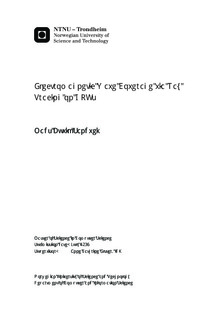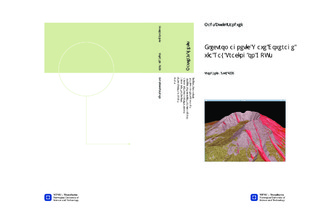| dc.description.abstract | With the appearance of libraries such
as NVIDIA's CUDA programming environment and and NIDIA's OptiX ray tracing framework,
we can make use of the processing power of modern GPUs to
perform compute-intensive simulations.
Simulation of electromagnetic waves such as radio waves based on a physically accurate model of propagation,
using the method known as ray tracing, is theoretically capable of producing far more
realistic coverage maps than those produced by traditional methods such as Longley-Rice which is
based on statistics. However, using the ray tracing approach causes the computational
cost of the simulation to become enormous, and performing a full simulation on the CPU
alone could take hours, if not days.
This thesis gives an overview of the technique of ray tracing and theory surrounding
the propagation of electromagnetic waves. We then use this to build a radio wave
simulation application which performs all simulation on the GPU. Each wave is reflected
and refracted based on dielectric properties of the medium(s), although the exact values
used might not precisely correspond to the precise dielectric properties of any actual
terrains, and interference caused by differences in phase is accurately accounted for.
Finally, upon intersection with terrain or receiver, the signal strength is
stored in a buffer mapped onto the terrain which can then be visualized.
In conclusion, the thesis argues that the results obtained show promise for great
improvements on signal coverage calculation. No explicit comparison between Longley-Rice
and the presented method is made, as no expectancy is made that the method has
incorporated enough detail about radio wave propagation and enviornmental effects for
the simulation to compare. The thesis instead hopes to show the potential in generating
coverage maps by means of ray tracing\ldots | |

